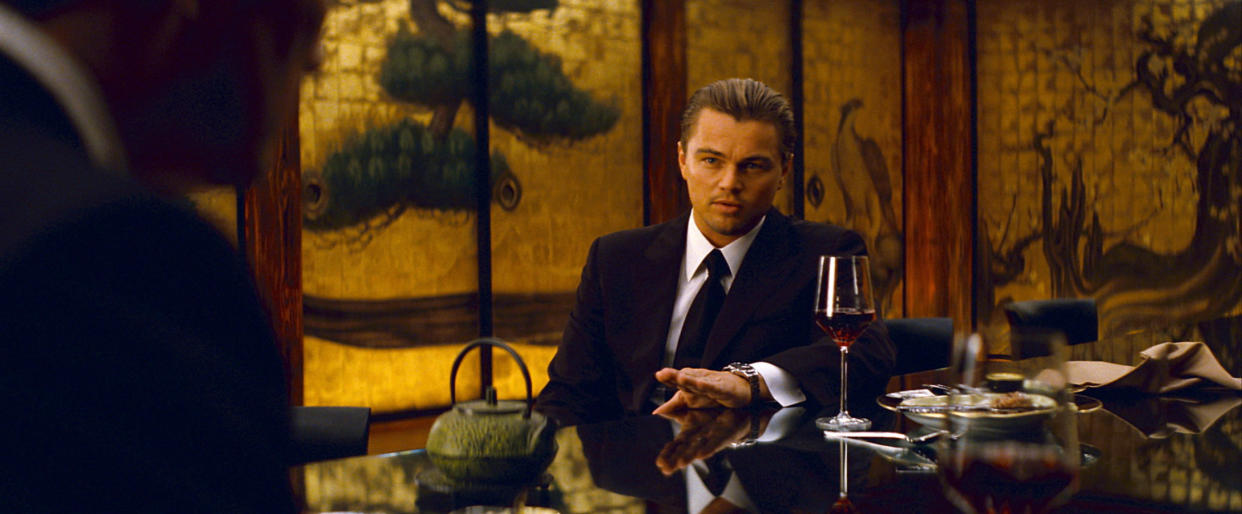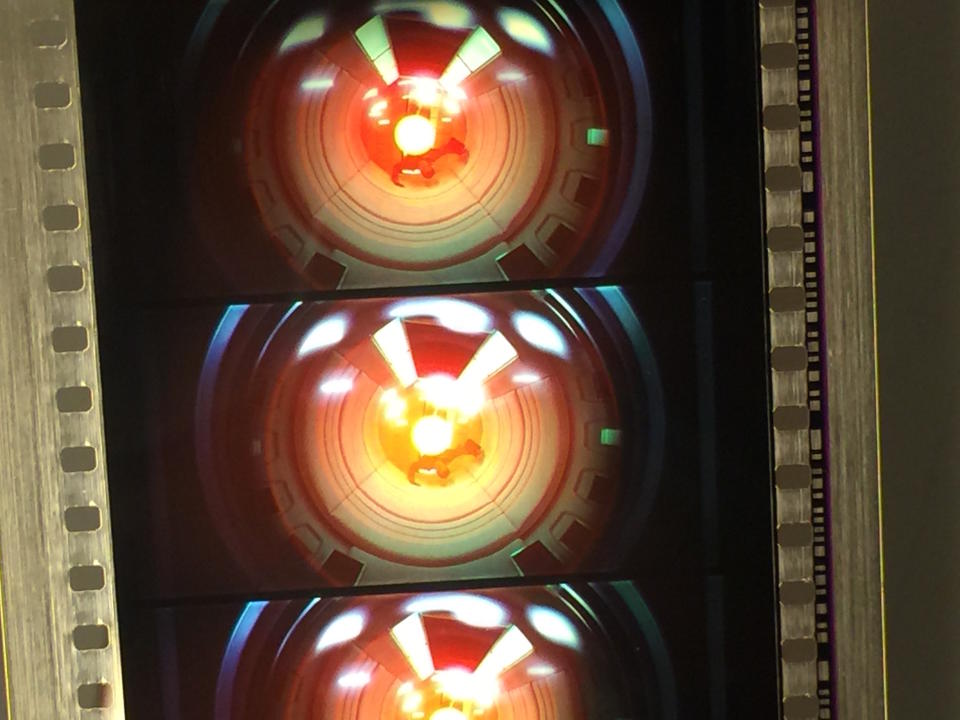‘Oppenheimer’ Isn’t the Only Christopher Nolan Film Playing in 70mm This Summer

- Oops!Something went wrong.Please try again later.
- Oops!Something went wrong.Please try again later.
Much like the number of days with good air quality in New York City this summer, the number of films available as 70mm prints isn’t as high as perhaps it should be. This presents a challenge to the Museum of the Moving Image and its annual See It Big film series. But this year, the beloved Queens museum is capitalizing on interest in Christopher Nolan’s “Oppenheimer” by including a print of “Inception” that allows viewers to go deeper into the film’s picture quality.
At least that’s the theory.
More from IndieWire
Associate Curator of Film Edo Choi breaks 70mm prints into two categories: native prints shot on 65mm film (the extra 5mm is used for the soundtrack) and “blow-ups” that expand the image from a 35mm print onto larger film stock. The “Inception” print the museum is showing is a little bit of both.
“In the case of ‘Inception, [the print was made] on the occasion of the 10th anniversary of the film,” Choi told IndieWire. “Very little of ‘Inception’ was shot on 65mm — mostly special effects scenes, practical effects scenes, some of the larger, more spectacular moments in the film. And then there’s actually some aerial footage in ‘Inception’ that was shot on VistaVision, which was the same format that ‘Vertigo’ and ‘The Searchers’ were photographed on.”
By rendering that footage onto a 70mm print, viewers should be able to see more detail and definition and have an even more immersive experience. “It really depends on what the printing elements were, what the basis for the 70mm print that they made was,” Choi said. “If it was just a 35mm inter-negative, then you are just basically blowing up everything. But if they actually went back to 70mm or VistaVision inter-negatives for those specific sequences and then pieced it together? That’s an interesting question.”
There’s a little bit of mystery — and a lot of vibrancy and immediacy — in each 70mm print the museum shows, which curator Eric Hynes likens to listening to a vinyl record. Different people come to the See It Big series for different pieces of the experience, too. “You’re watching a physical property make its way through a physical machine,” Hynes told IndieWire. “It’s being projected onto a screen, which is just entirely different from how things are done digitally. So I do think that the craftsmanship, the mechanism of it, and the sort of being in the audience aspect of it are things that [appeal] because they are not the common way that people are experiencing a moving image.”
Even the sound on a 70mm film print can have a quality all its own. While many newer prints use a soundtrack that acts more or less as a cue sheet that keeps the DTS (digital theater system) track playing through speakers synced to the images onscreen, older prints use magnetic strips. “Some people come out for that. They actually like the warmth of mag sound,” Hynes said. “It can be a different way of experiencing a film in person.”
The theater at MoMI is also designed to provide a filmgoing experience that’s hard to replicate, even with a gigantic screen or home projector system. “One of the reasons I have loved our theater since well before I was working here is the fact that the screen, when it’s projecting 70mm or a widescreen format, [the film] fills the wall. It means that there is really no bad seat in the house,” Hynes said.

“When we do the proper roadshow presentation of ‘2001: A Space Odyssey,’ when the logo of MGM appears, our curtains open, the overture goes, and those curtains keep going to the limits of what could possibly be,” Hynes said. “I think that’s part of what is so dramatic and exciting about that theater is that you’re not watching a black box become animated within a kind of sea of black. It runs to the edge.”
For both Hynes and Choi, the enhanced interest in seeing films in 70mm has led to the opportunity to see even old films in new ways. “I’m excited for ‘Airport’ in particular because I’ve never seen it and it is a new print. Universal is one of the few studios that have made new prints,” Choi said. “There are a number of films that are blow-ups more recently. That’s the case with ‘Boogie Nights’ and ‘Inception.’ These are prints that were made, I think more or less, because the filmmakers wanted to.”
Having filmmakers lionizing 70mm as an important format hasn’t led to massive gains in the number of prints in circulation, but Hynes and Choi think it has gotten more people interested in film as an in-person experience. “The rise of Film Twitter is almost entirely synced with the demise of film as the primary projected format in terms of exhibition,” Hynes said. “So film is something that a certain portion of the audience is going to fetishize and prioritize because it becomes rarer and it becomes recognized as more of a live, or alive, way of experiencing a film.”
MoMI’s “See It Big: 70mm” film series runs August 3–27.
Best of IndieWire
Where to Watch This Week's New Movies, from 'Passages' to 'TMNT: Mutant Mayhem'
The Best Thrillers Streaming on Netflix, from 'Nocturnal Animals' to 'Emily the Criminal'
Sign up for Indiewire's Newsletter. For the latest news, follow us on Facebook, Twitter, and Instagram.

